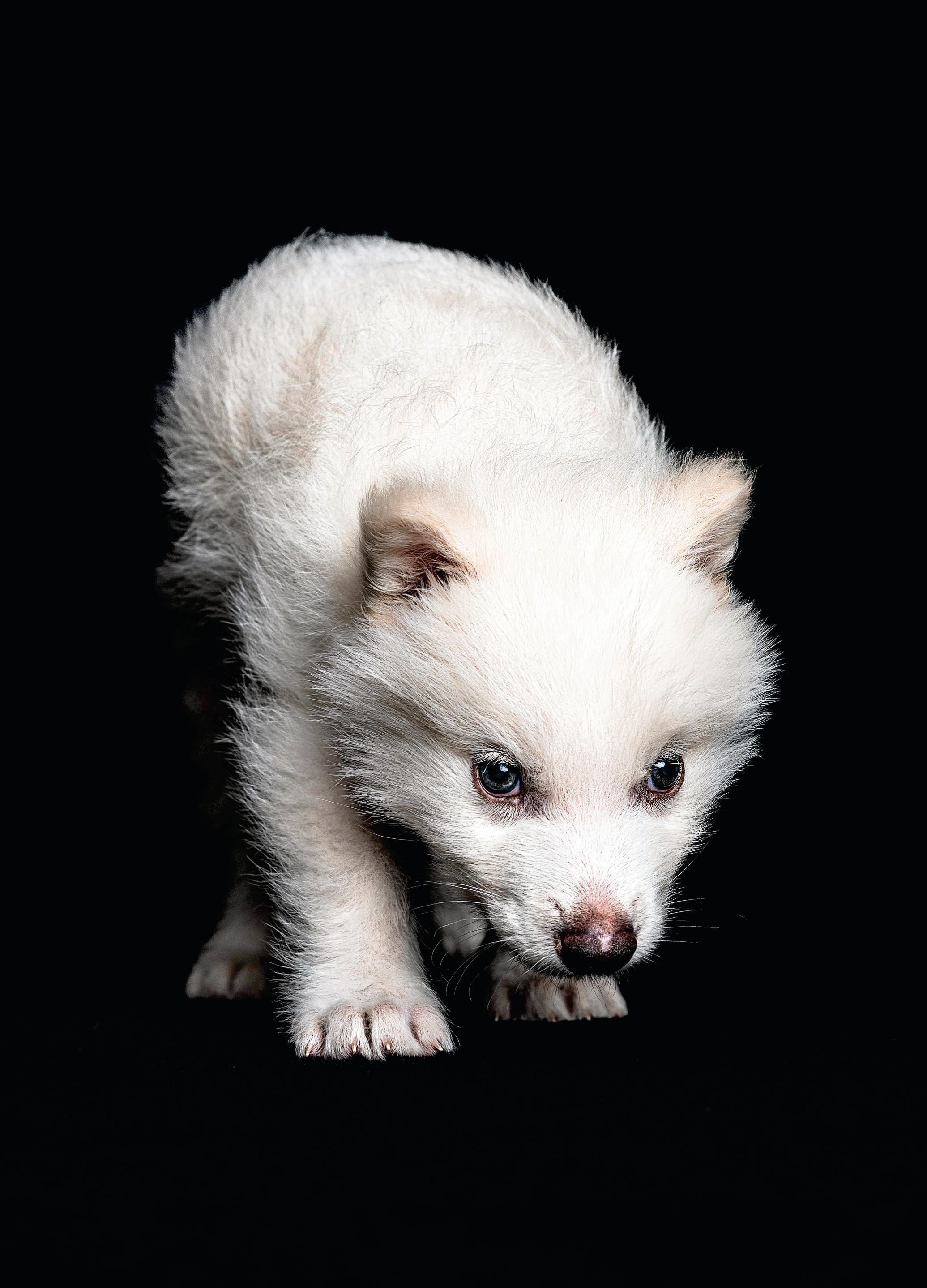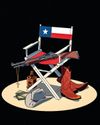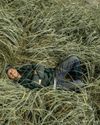Poging GOUD - Vrij
LIFE AFTER DEATH
The New Yorker
|April 14, 2025
Has Colossal, a genetics startup, resurrected the ancient dire wolf?

Extinction is a part of nature. Of the five billion species that have existed on Earth, 99.9 per cent have vanished. The Late Devonian extinction, nearly four hundred million years ago, annihilated the jawless fish. The Triassic-Jurassic extinction, two hundred million years ago, finished off the crocodile-like phytosaur. Sixty-six million years ago, the end-Cretaceous extinction eliminated the Tyrannosaurus rex and the velociraptor; rapid climate change from an asteroid impact was the likely cause. The Neanderthals disappeared some forty thousand years ago.
One day whether from climate change, another asteroid, nuclear war, or something we can't yet imagine-humans will probably be wiped out, too.
The difference with humans is that we've been taking a huge number of species down with us. Starting about three hundred thousand years ago, we learned to hunt with spears and in groups gave us significant agency in deciding which animals would disappear first-we chose them either because they wanted to eat us or because we wanted to eat them.
The animals' demise, though, helped doom large predators that hunted our preferred prey. Among the casualties were sabretoothed cats and dire wolves. Along the way, various other species also breathed their last: woolly mammoths, Irish elk, dodos, carrier pigeons, Steller's sea cows, great auks, thylacines (Tasmanian tigers).
The carnage continues. Last year, the slender-billed curlew, a bird that once ranged over much of Europe and Asia, was declared gone. And there are only two northern white rhinos left-both females.
Dit verhaal komt uit de April 14, 2025-editie van The New Yorker.
Abonneer u op Magzter GOLD voor toegang tot duizenden zorgvuldig samengestelde premiumverhalen en meer dan 9000 tijdschriften en kranten.
Bent u al abonnee? Aanmelden
MEER VERHALEN VAN The New Yorker

The New Yorker
SEEING RED
Conservatism onscreen in 2025.
7 mins
August 18, 2025

The New Yorker
THE CURSE OF HORROR
“Weapons” and “Harvest.”
6 mins
August 18, 2025

The New Yorker
THE NUMBER
How much is Trump pocketing off the Presidency?
61 mins
August 18, 2025
The New Yorker
The Corn Woman, Her Husband, and Their Child
Jaron and Zilpha Earliwood had put some years into their marriage before their daughter, Goldie, was born.
40 mins
August 18, 2025

The New Yorker
THE MESSENGER
The lives and loves of James Baldwin.
23 mins
August 18, 2025

The New Yorker
A SCREAMING SKULL
The science of headaches.
13 mins
August 18, 2025

The New Yorker
THE LAST INDIE ROCK STAR
How Mac DeMarco got so popular.
21 mins
August 18, 2025
The New Yorker
AN UNASHAMED PROPOSAL
One gusty day in May of 1997, a mailman trudged down the streets of Fort Greene in Brooklyn and plucked a letter from his bag.
32 mins
August 11, 2025

The New Yorker
CRIME SCENE
Immigrants showing up for court dates in Manhattan must now navigate a spectacle of intimidation.
1 mins
August 11, 2025

The New Yorker
SENSE AND SENSIBILITY
What James Schuyler's poetry obscured and revealed.
19 mins
August 11, 2025
